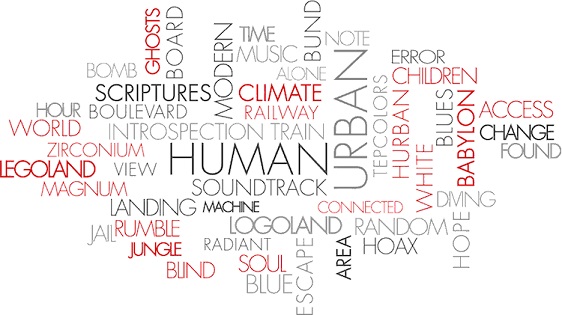Whether it’s a cozy post-coital cuddle or the serene satisfaction following a solo session, the afterglow is that unmistakable halo of happiness we carry long after the climax. Far from being a fleeting sensation, the afterglow is a scientifically grounded phenomenon driven by hormones and emotional connectivity.
Our friends at LELO share everything you need to know about the science of the afterglow and why it deserves a central place in the conversation about pleasure, intimacy, and well-being.
The afterglow is the warm, contented feeling that lingers after sexual activity or orgasm. It’s that magical moment when you feel deeply connected to your partner or yourself. This glowing sensation can last minutes, hours, or even days, influencing how you approach your relationships, work, and personal life with a rejuvenated sense of calm and joy.
The Science Behind the Glow
Orgasm triggers the release of a powerful cocktail of hormones. Oxytocin, often called the “love hormone,” strengthens trust and bonding, especially during partnered intimacy. Dopamine delivers an intense rush of pleasure, while serotonin enhances relaxation and happiness. These hormones are universal, playing the same role whether the experience is shared with a partner or savored solo.
The parasympathetic nervous system also kicks in post-orgasm, reducing stress and fostering a profound sense of well-being. This physiological response underscores that pleasure isn’t just about feeling good in the moment; it’s about nurturing your mind and body in meaningful ways.
The Benefits of the Afterglow
Numerous studies show that the effects of post-orgasmic bliss can persist for up to 48 hours. During this time, the afterglow fosters emotional connection in relationships, boosts mood, and even strengthens immune function. It can also enhance self-esteem, helping you approach your day with confidence and optimism.
Partnered Pleasure
In relationships, the afterglow is an emotional glue, reinforcing bonds and increasing satisfaction. By prolonging this shared connection, couples can navigate conflicts more effectively and deepen their intimacy. The key is to be present and savor the moment together through touch, eye contact, or quiet conversation.
Solo Afterglow
Self-pleasure offers the same hormonal and emotional rewards as partnered sex, making it a powerful form of self-care. Beyond physical release, it’s an act of self-discovery and affirmation, promoting body positivity and emotional recharge. The afterglow from solo sessions is a reminder that connecting with yourself is just as vital as connecting with others.
Extending The Glow
To fully savor the magic of the afterglow, consider these tips:
Extend the Glow: Take a slow, mindful approach to aftercare. A shared bath, journaling about your experience, or meditative breathing can amplify the benefits.
The afterglow is more than a momentary sensation; it’s a testament to the beauty of connection, intimacy, and self-awareness. By leaning into these moments, you embrace the joy of pleasure and unlock a deeper understanding of your emotional and physical needs.
So, next time you bask in that warm, lingering glow, let it remind you of the transformative power of pleasure to nourish your body, mind, and soul. Stay glowing
Prioritize Connection: For couples, linger in the moment by sharing a cuddle, eye contact, or a few whispered words. For solo sessions, take time to appreciate your body and the joy it brings.
Set the Scene: Create an environment that invites relaxation. Soft lighting, calming music, or a warm blanket can extend the moment’s serenity.
Practice Gratitude: Whether with a partner or alone, reflect on the experience and express gratitude – for your body, your partner, or simply the pleasure itself. For the Silo, Emilie Melloni Quemar/ Lelo.
About LELO
LELO is not “just a sex toy brand”; it’s a self-care movement aimed at those who know that satisfaction transcends gender, sexual
orientation, race, and age. We’re offering the experience of ecstasy without shame, the pleasure of discovering all the wonders of one’s
body, thus facilitating our customers with confidence, that leads to a fulfilled intimate life. LELOi AB is the Swedish company behind LELO,
where offices extend from Stockholm to San Jose, from Sydney to Shanghai







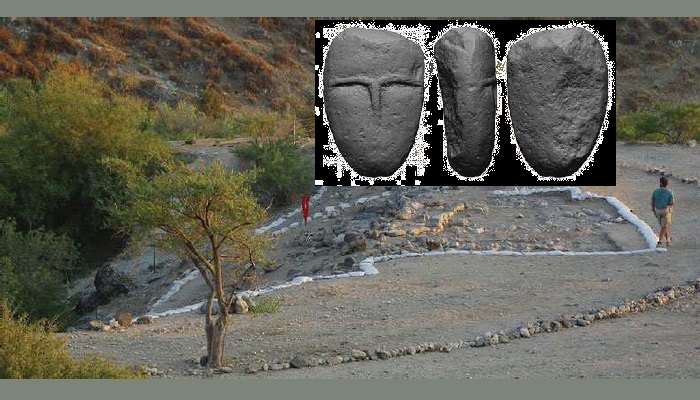
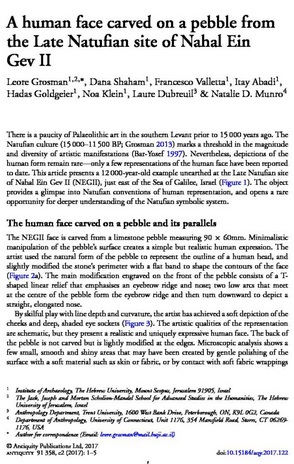

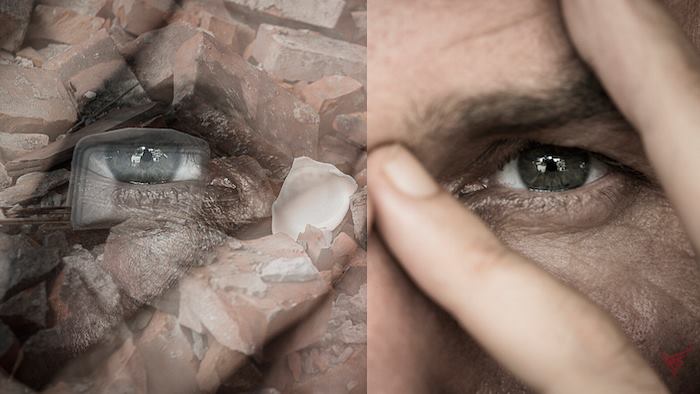
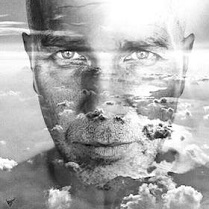 If you could choose just one photo exhibit to see all year, it would have to be
If you could choose just one photo exhibit to see all year, it would have to be 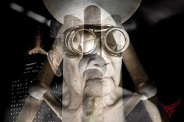
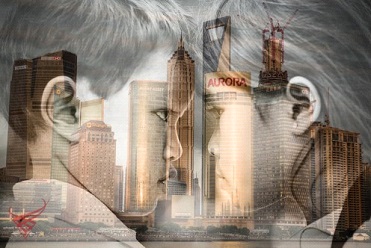
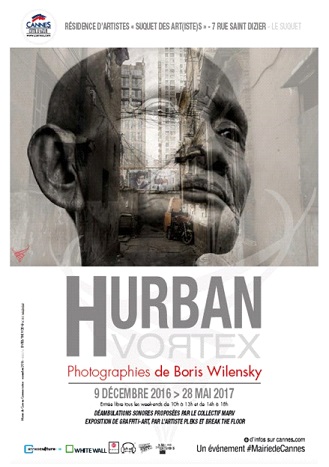
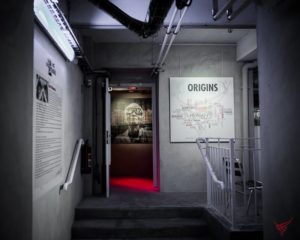 Over 15,000 photos later, Hurban Vortex sees the light of day. The ensemble of artistic, esthetic and human adventure are at the core of the triptych that represents his works: Origins corresponds to 2009 (present), the period of an oblivious, profligate, consumerism-driven world. Collapse takes us into 2011 (future)…Fukushima, with its worldwide impact. The glasses and gas masks worn by the humans represent the man-made destruction of a world as we had known it before and which will never be the same. And in Post we find ourselves in an urban landscape filled with waste and shattered ruins. But people are no longer wearing their blinders… Maybe there is hope after all that cities may disappear but humans are still around? Or does the urban jungle always win in the end? You decide, because it is your personal interpretation, after an intense dialogue with the image… exactly what Boris Wilensky wants.
Over 15,000 photos later, Hurban Vortex sees the light of day. The ensemble of artistic, esthetic and human adventure are at the core of the triptych that represents his works: Origins corresponds to 2009 (present), the period of an oblivious, profligate, consumerism-driven world. Collapse takes us into 2011 (future)…Fukushima, with its worldwide impact. The glasses and gas masks worn by the humans represent the man-made destruction of a world as we had known it before and which will never be the same. And in Post we find ourselves in an urban landscape filled with waste and shattered ruins. But people are no longer wearing their blinders… Maybe there is hope after all that cities may disappear but humans are still around? Or does the urban jungle always win in the end? You decide, because it is your personal interpretation, after an intense dialogue with the image… exactly what Boris Wilensky wants.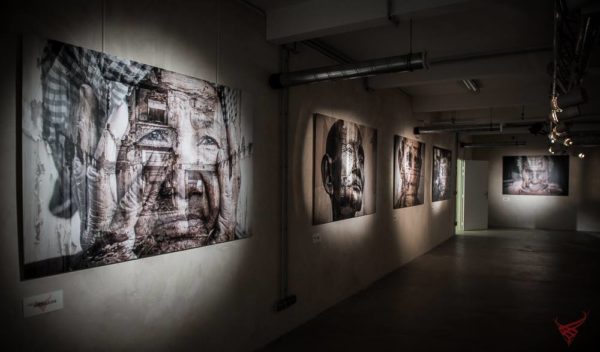 What the viewer sees, is how this artist sees the world – not in the literal but figurative sense. But he does not dictate, he suggests. He considers himself a storytelling portraitist first and foremost, and an urban photographer second. As you look at his large-size pictures (180 x 120 cm), the image in front of you transforms from a flat canvas to a three-dimensional scenography. You are drawn in, pulled onto a stage, you become part of the performance, an actor engaged in a dialogue. You are the person across from the man in the photo, but you also become him, turning outward to the viewer.
What the viewer sees, is how this artist sees the world – not in the literal but figurative sense. But he does not dictate, he suggests. He considers himself a storytelling portraitist first and foremost, and an urban photographer second. As you look at his large-size pictures (180 x 120 cm), the image in front of you transforms from a flat canvas to a three-dimensional scenography. You are drawn in, pulled onto a stage, you become part of the performance, an actor engaged in a dialogue. You are the person across from the man in the photo, but you also become him, turning outward to the viewer.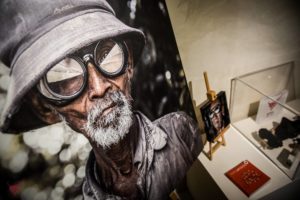 The continuous movement – the vortex – pushes and pulls you as the borders between Human and Urban blur and become Hurban. There are violently cold and anonymous city landscapes, consisting of monochromatic and starkly geometric patterns, entirely unlike anything you find in nature. But the human element, superimposed, invariably bestows them with a strangely appealing aesthetic. For the Silo,
The continuous movement – the vortex – pushes and pulls you as the borders between Human and Urban blur and become Hurban. There are violently cold and anonymous city landscapes, consisting of monochromatic and starkly geometric patterns, entirely unlike anything you find in nature. But the human element, superimposed, invariably bestows them with a strangely appealing aesthetic. For the Silo, 